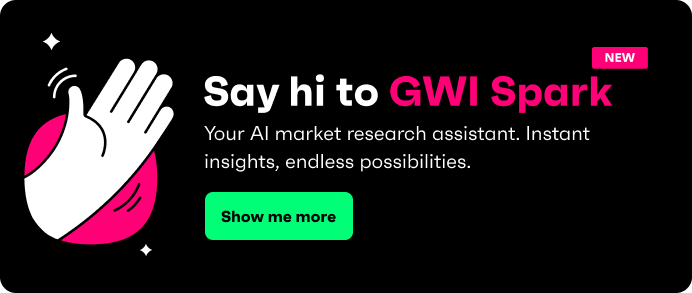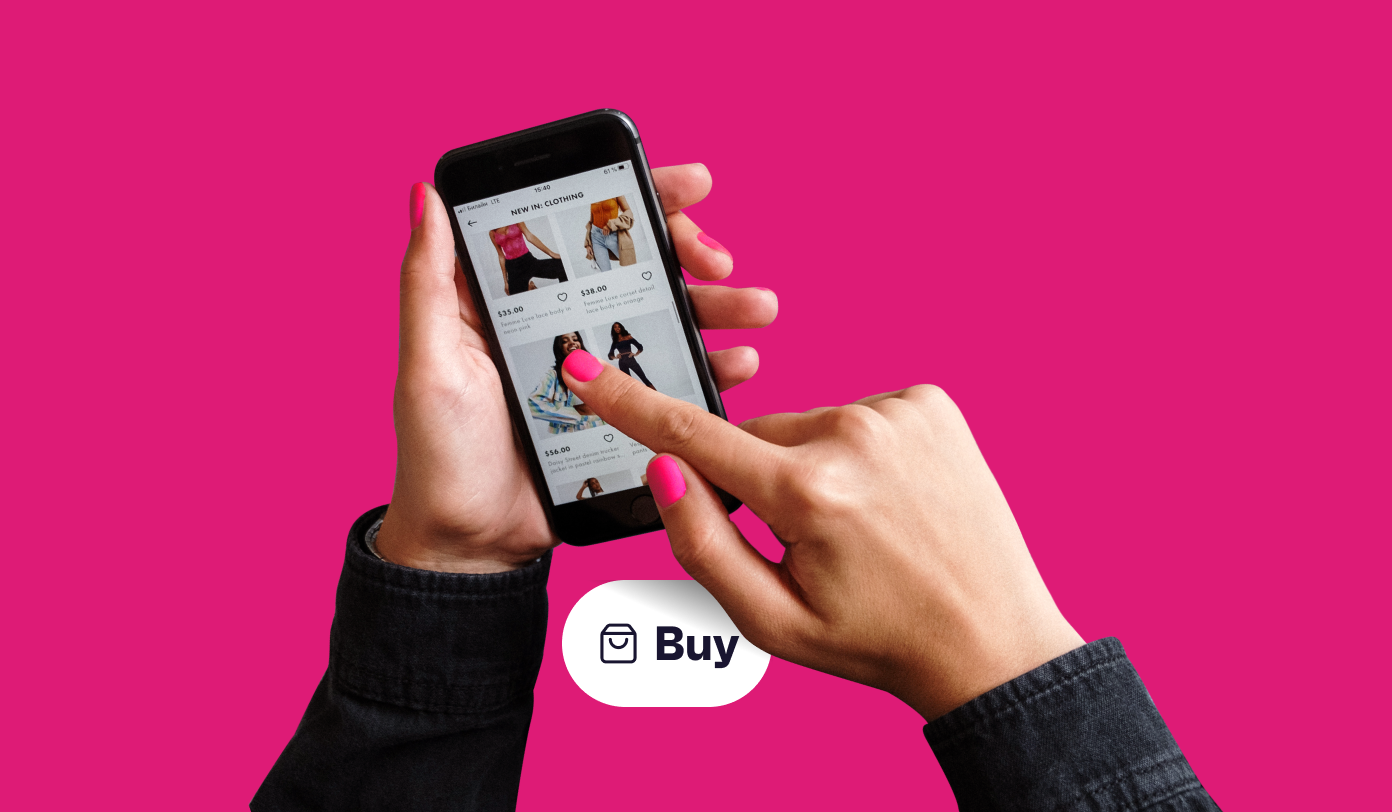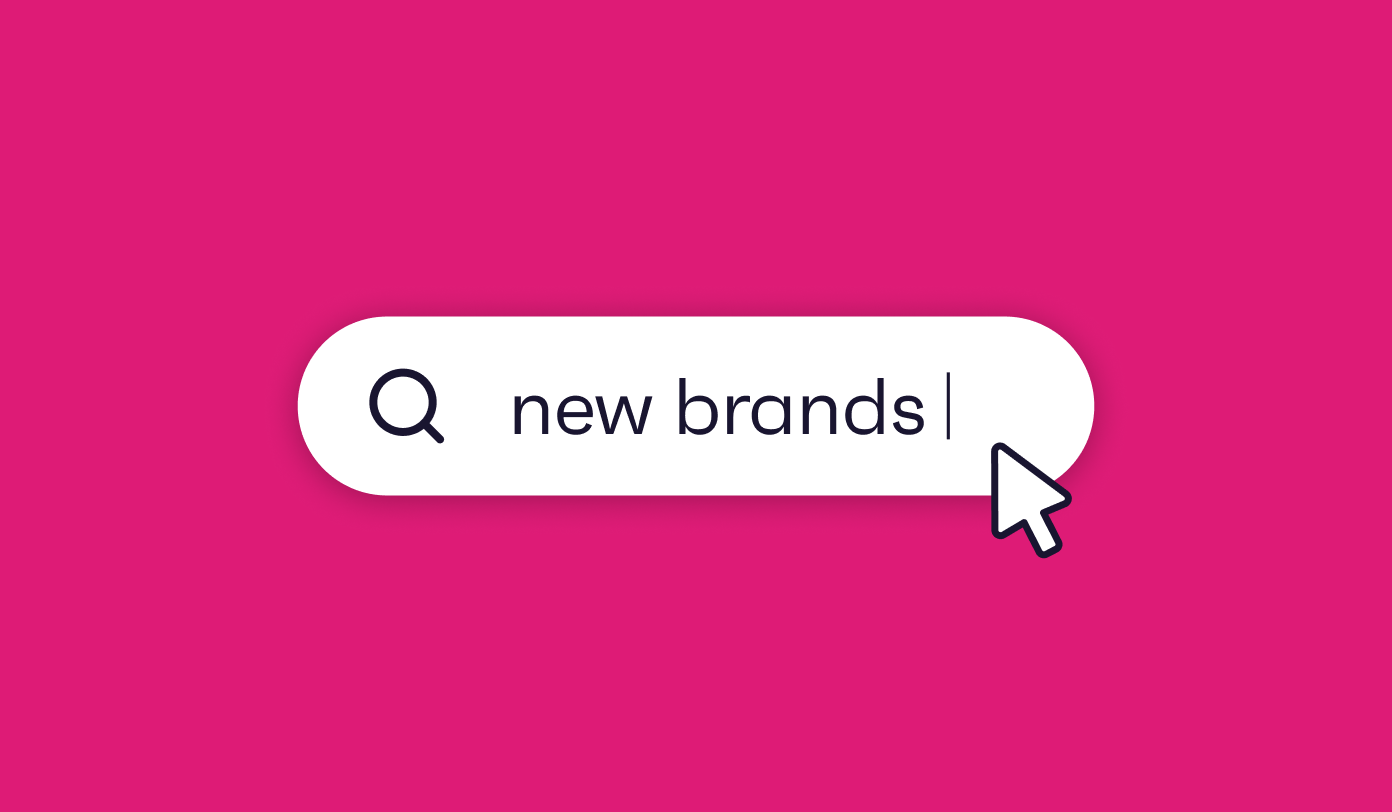Digital ads are everywhere - but for a sizable group of internet users, that’s precisely the problem.
Ad-blockers have quietly reshaped how people browse the internet. And they’ve created a fresh challenge for marketers: how do you connect with ad-averse consumers in a way that feels relevant, respectful, and actually worth their time?
Let’s dig into what ad-blockers really are, who’s using them, and what savvy brands can do about it.
What are ad-blockers?
At their core, ad-blockers are tools that stop online ads from appearing. Most come as browser extensions or mobile apps, and they work by filtering out content users don’t want to see - like pop-ups, autoplay videos, and tracking scripts.
The goal? A faster, cleaner, and less disruptive browsing experience.
What do they block?
Think of anything that clutters your screen, delays your scroll, or feels like it’s listening in, and you’re on the right track.
Some of the biggest offenders include:
- Banner and display ads
- Video pre-rolls and autoplay content
- Pop-ups and interstitials
- Tracking pixels and third-party cookies
If it’s disruptive, intrusive, or just plain annoying, chances are it’s getting filtered out.
Where and how are ad-blockers used?
Ad-blockers aren’t a niche tool - nearly 1 in 3 global consumers use them. That includes 21% who block ads regularly, and another 11% who use them now and then.
But it’s not just how many people use them - it’s who. Regular ad-blocker users are a digitally fluent, tech-forward crowd. They’re 49% more likely than the average internet user to own a smart home device, and 47% more likely to wear a smart wristband. They’re also juggling more screens: 46% own over six devices, and 55% use five or more to get online.
And at the center of all that digital activity? Their phones. A whopping 77% of regular ad-blockers say their mobile is their most important device.
It all points to one thing: this audience is streamlining a hyper-connected life. They expect seamless, clutter-free experiences, especially on the device they use most. If brands want in, they need to think mobile-first and friction-free.
Why ad-blockers matter for brands and marketers
Ad-blockers are more than just a tool - they're like a backstage pass into the minds of your most switched-on customers. They reveal how people really feel about digital ads: overwhelmed, interrupted, and in need of more control.
For marketers, this isn't a rejection letter, it's a wake-up call; a chance to listen, learn, and level up. It’s your opportunity to ditch the interruptive tactics and actually connect with your customers. Instead of being the ad they block, be the brand they remember for all the right reasons.
Ad blocking isn’t necessarily mainstream
Let’s keep this in perspective. Sure, ad-blockers are common - nearly 1 in 3 people use them. But here’s the thing: that number’s actually dropping. Back in 2021, 37% were blocking ads. Fast forward four years, and it’s down a relative 15%. So while ad-blocking is still a big deal, it’s far from the default.
Unsurprisingly, it’s the younger crowd leading the charge.
1 in 3 Gen Z and millennials use ad-blockers, with over 1 in 5 doing so regularly.
Gen X (29%) and boomers (27%) are right behind them though, showing it’s not just a younger consumer’s habit.
What really stands out is the difference in mindset between people who block ads regularly and those who don’t. Compared to non-users, ad-blocker users are more likely to feel confident about their digital lives. Around 31% are comfortable with apps tracking their activity, 30% feel they have a handle on their personal data, and 39% even trust new tech to improve their health. Blocking ads might be the behavior, but what’s really showing through is a mindset: informed, intentional, and surprisingly optimistic about the role of tech.
It signals a shift in consumer mindset
So, why do people block ads? The reasons are a mix of the practical and the personal - and they paint a clear picture about what today’s consumers expect from their online experience.
At the top of the list: ad overload. 63% say there are just too many, and 53% feel they disrupt what they’re trying to do. But it’s not only about clutter. For 41%, privacy is a driving force - a clear sign that trust and control are non-negotiables.
The reasons also vary by generation. Boomers tick the usual boxes, but Gen Z stands out for one thing: 40% use blockers to avoid inappropriate content, showing how much they value digital environments that feel right for them. Gen X, on the other hand, leans into performance - 32% say ad-blocking helps their devices run more smoothly.
All this goes to show it’s not about rejecting ads - it’s about setting standards. Consumers aren’t switching off; they’re simply demanding a better, more respectful digital experience that puts them in control.
It undermines traditional digital strategy
Let’s be real: if someone’s using an ad-blocker, your banners, pop-ups, and pre-rolls probably aren’t getting through. But that doesn’t mean they’re out of reach - it just means they’re engaging on their own terms.
These consumers aren’t avoiding brands; they’re curating how and where they connect. Regular ad-blockers are 34% more likely to have unfollowed a brand on social media in the past month - but at the same time, they’re also 31% more likely to have played a branded game, and 1 in 5 have recently scanned a brand’s QR code.
So no, they’re not disappearing - they’re just dodging the old playbook. If you want their attention, you’ll have to meet them where they are, with something worth their time.
Who uses ad-blockers?
We’ve scratched the surface, but now it’s time to look closer. Ad-blocker users aren’t a vast majority, but there are some clear patterns in who’s leading the charge and what they’re looking for online. Understanding these audiences is key to meeting them where it matters - with content and experiences that actually resonate.
Meet the typical ad-blocker
Regular ad-blocker users tend to skew male (56%) and are most commonly aged 25-34 (26%) - a sweet spot for digital fluency and media awareness. They’re also more likely to have higher incomes, with affluent consumers being 14% more likely than average to block ads regularly.
Nearly two-thirds live in urban areas, juggling busy lives and fast-paced routines. Almost 6 in 10 are parents, and over 1 in 10 are students - two groups with little time for distractions. What unites them? A demand for speed, relevance, and control. If it slows them down or misses the mark, they won’t think twice about blocking it out.
Not anti-brand - just pro-experience
Let’s clear something up: ad-blocker users aren’t rejecting brands - they’re rejecting friction.
They’re still browsing, buying, and discovering new names online. But their standards are higher. They expect content that’s relevant, personalized, and delivered seamlessly. For them, it’s not about blocking ads for the sake of it - it’s about filtering out anything that doesn’t respect their time.
Relevance isn’t a bonus. It’s the bare minimum.
Where it’s happening: Global hotspots for ad-blocking
Ad-blocker use isn’t the same everywhere - and geography matters. Outside of China, the trend is most pronounced in APAC, where 39% of consumers say they use one. That figure drops to 23% in Europe, 15% in North America, and just 11% in both the Middle East and Africa and Latin America.
So while ad-avoidance isn’t universal, it’s gaining traction in certain markets - especially those that tend to be more digitally advanced and mobile-led.
How to reach ad-blocker users
The answer isn’t to shout louder (tempting though that may be) - it’s to speak smarter. These consumers haven’t tuned out entirely. They’ve just raised the bar for what earns their attention.
Invest in non-interruptive formats
Ad-blocker users prefer ad formats that feel more natural and less intrusive. And for brands, that’s a huge opportunity.
They’re significantly more likely to discover brands through expert bloggers (+29%), vlogs (+28%), and influencer or celebrity endorsements (+24%). They also gravitate toward digital spaces where traditional ads rarely show up: they’re 44% more likely to hang out on forums or message boards, 40% more likely to engage with micro-blogs, and 33% more likely to visit specialist or independent review sites.
In terms of content habits, short-form video and streaming dominate - nearly half watch them most days. Over three-quarters spend at least 1-2 hours a week on social media, 56% play mobile games, and 35% tune into podcasts.
These aren’t just distractions - they’re trusted, chosen experiences. The smart move? Invest in these formats to connect on the user’s terms.
Lead with personalization and relevance
Consumers who regularly use ad-blockers are 31% more likely than average to discover new brands through personalized recommendations. They’re also more inclined to promote a brand when it truly aligns with their interests (+20%) or creates a sense of personal connection (+19%).
And it’s not just the messaging that they expect to be personal. This group is 26% more likely to want customized products and experiences that reflect who they are and what they care about.
In their world, relevance isn’t a nice touch - it’s the baseline. If it doesn’t feel personal, it probably won’t land.
Make privacy part of the value, not just the policy
For many ad-blocker users, it’s not just about avoiding ads - it’s about protecting their space. Privacy isn’t a side issue; it’s central to how they navigate the web.
That’s why brands that lead with transparency, minimize intrusive tracking, and give people real choices around data use have a serious edge. When you show respect for their privacy, you don’t just avoid getting blocked - you build long-term trust. And in a world of rising expectations, that trust is a real differentiator.
Win with context, not cookies
As third-party cookies fade and tracking fatigue sets in, the path to relevance is shifting - and that’s not a bad thing.
Contextual advertising - where ads match the content around them - offers a smarter, more respectful alternative. By aligning ads with the content people are already engaging with, it feels more organic and less invasive. No creepy targeting, no overstepping - just well-placed, well-timed messaging that makes sense in the moment.
The future of ad avoidance
Ad-blockers are just one part of a much bigger story. Today’s consumers have more power than ever to shape their online experiences - and they’re using it.
Blocking is just the beginning
Even without ad-blockers, people are tuning out. They’re skipping, swiping, and scrolling past anything that feels off or irrelevant, so the old model of interrupting the journey doesn’t work like it used to.
To keep pace, brands need to shift from pushing messages to creating moments - experiences that invite, engage, and resonate.
Attention is the new currency
Ad-blocker users are the signal, not the problem. They’re showing us where the market is headed: toward more intentional, value-driven engagement. Authenticity, usefulness, and entertainment are no longer nice-to-haves - they’re the baseline for earning someone’s attention.
The strategy has to shift
We’re moving past the era of forced attention. Now, it’s all about value exchange. What are you giving your audience in return for their time?
The brands that stand out won’t be the loudest in the feed - they’ll be the ones people want to hear from. The ones that understand attention isn’t owed; it’s offered.
Final thoughts: Ad-blockers aren’t the enemy
They’re the wake-up call. A reminder that the path to connection lies in respect, relevance, and real value. When brands embrace that, they won’t just survive the shift - they’ll thrive in it.






.webp?width=495&height=317&name=pink_thumb_graphs%20(1).webp)
.webp?width=495&height=317&name=pink_thumb_letter%20(2).webp)
